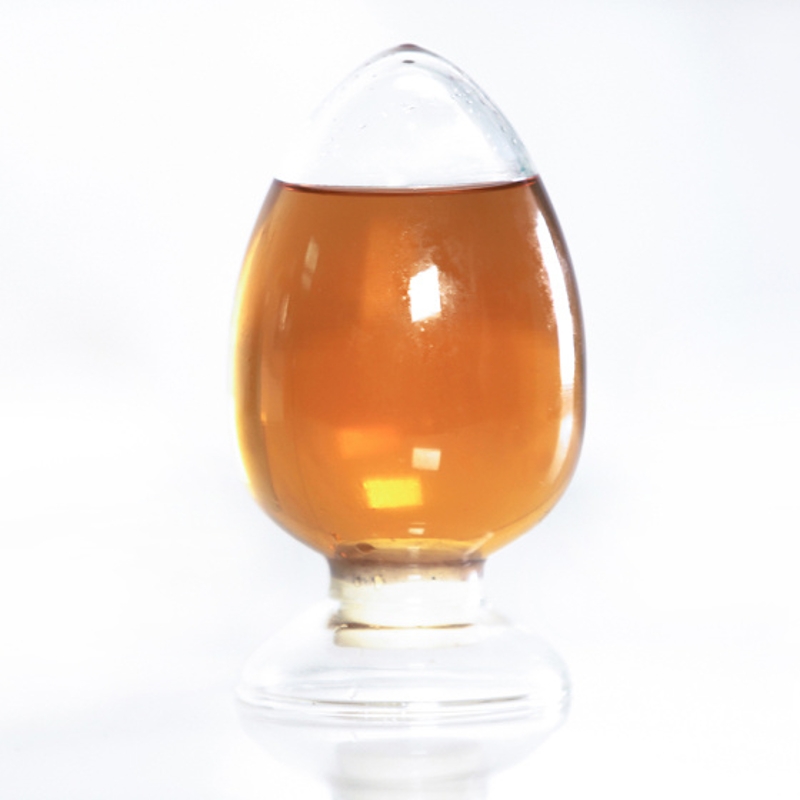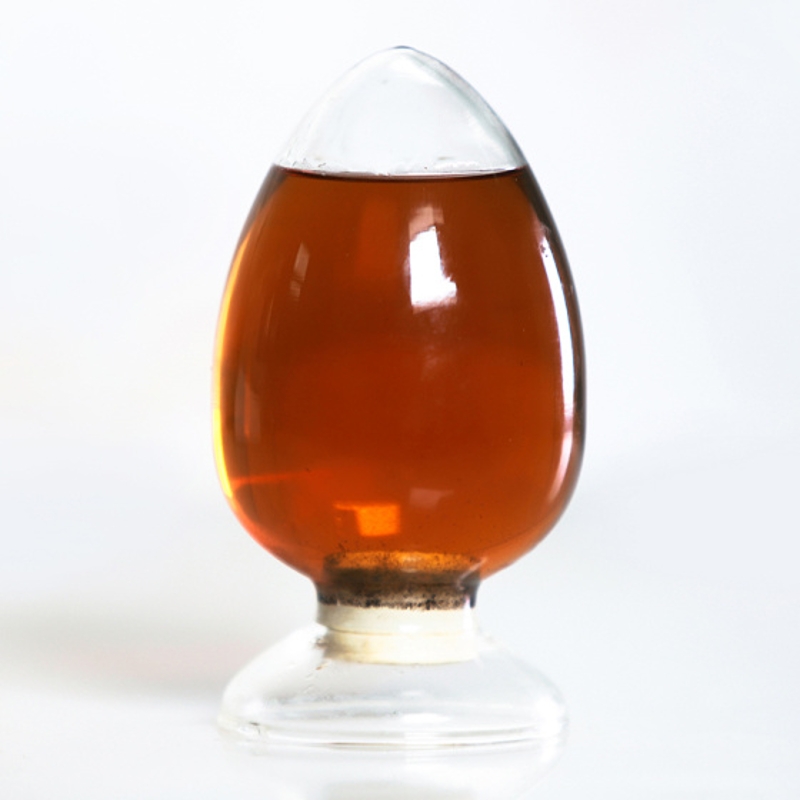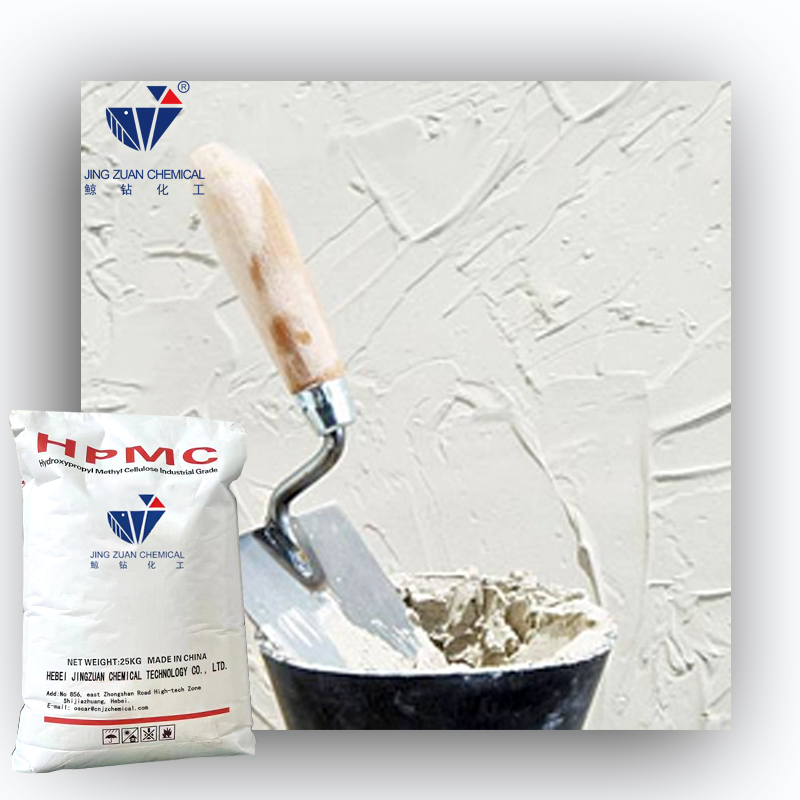-
Categories
-
Pharmaceutical Intermediates
-
Active Pharmaceutical Ingredients
-
Food Additives
- Industrial Coatings
- Agrochemicals
- Dyes and Pigments
- Surfactant
- Flavors and Fragrances
- Chemical Reagents
- Catalyst and Auxiliary
- Natural Products
- Inorganic Chemistry
-
Organic Chemistry
-
Biochemical Engineering
- Analytical Chemistry
- Cosmetic Ingredient
-
Pharmaceutical Intermediates
Promotion
ECHEMI Mall
Wholesale
Weekly Price
Exhibition
News
-
Trade Service
11.
1.
2.
1 Metabolic processes in the body
In addition to the low absorption rate of NOR (about 15% of the dose of FQs), most drugs are quickly and completely absorbed after oral administration, usually up to 60% or higher, and the peak plasma concentration is 1 to 2 hours after administration.
It can be reached, but different kinds of animals will have obvious individual differences
.
Generally, monogastric animals can quickly absorb FQs after oral administration; for ruminants and equine animals, the systemic blood drug concentration after oral administration of FQs is lower than the therapeutic level
The plasma protein binding rate of QNs is low, mostly 20% to 50%
.
The protein binding rates of ENR in cows and rabbits are 56% and 53%, respectively, and in horses, pigs, dogs and chickens they are 22%, 27%, 27% and 21%, respectively.
The main excretion pathways of QNs can be divided into three categories: ① Through the kidneys, such as ENR, ORB, OFL, TEM and LOM
.
② Transhepatobiliary system, such as DIF and PEF
QNs are metabolized differently in different animals, and their metabolites are also different
.
50% of ENR is converted to CIP in pigs, and it is almost undetectable in chickens
Table 11-2 The main biotransformation mechanisms of QNs
11.
1.
2.
2 Toxicology and adverse reactions
The toxicity of QNs mainly depends on the dosage of the drug and the type of animal
.
Generally cause gastrointestinal disorders such as vomiting and diarrhea
QNs are widely used in veterinary clinics, and bacterial resistance has appeared
.
The low concentration of QNs remaining in animal food can easily induce drug resistance in human pathogens
Related links: physical and chemical properties and uses of quinolones







